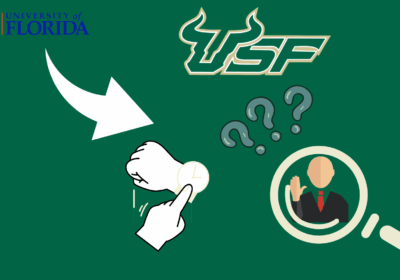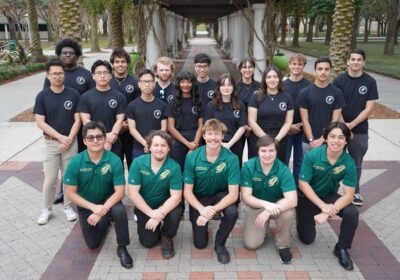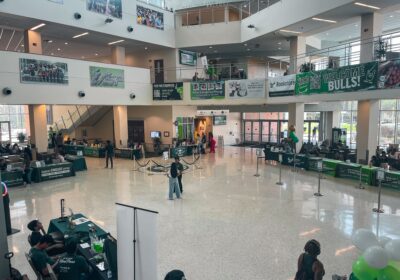Paying the bills

According to a recent report from the White House, an increasing number of students are relying on student loans to pay for tuition at public universities, which has more than tripled in the past three decades.
Roughly 71 percent of the country’s students graduate with debt that averages about $29,400, and on Monday, President Barack Obama ordered more action be done to assist students in repaying their loans.
While student debt at USF is significantly lower, with only 59 percent of students graduating with debt, directors at USF said only about 11 percent of students are aware of all their repayment options.
“I think there is a feeling that there isn’t much awareness among students,” Director of the USF Office of Financial Aid Billie Jo Hamilton said. “For some students this may be their first experience with credit … Learning how to know what is the best thing for you is hard to do.”
Knakeera Bason, a senior majoring in finance and business advertising, said she is just one of many students worrying about paying off student loans.
“All my friends say to stay in school as long as possible, and many are now going to grad school after graduation because they are afraid and they want to put off paying back the loans as long as possible,” Bason said. “I’m all smiles, but it’s worrying.”
Bason said she will graduate USF this fall and she doesn’t worry about getting a job that will eventually pay off her more than $31,000 in loans, but she is concerned about the question of when she can pay back her loans.
“I’m worried that if I miss a payment, I’m going to get calls harassing me when I’m trying to do something positive and get my education,” she said.
While Bason said she is unaware of the different options to repay her loans, the White House is making new efforts to assist students in repaying loans.
In a Presidential Memorandum, Obama directed the Secretary of Education to allow nearly 5 million more borrowers be added to the president’s existing Pay As You Earn (PAYE) repayment plan, which caps federal loan payments at 10 percent of a student’s income.
These added students, who would be able to start the option after it takes effect at the end of 2015, include more than 1.3 million in Florida. Currently, there are over 2.3 million students who account for roughly $61.7 million in student loan debt in the state, according to a report from the White House.
Nationally, student loans account for $1.1 trillion in debt — more than the combined total of mortgages or credit cards throughout the country.
In addition to expanding the PAYE plan, Obama urged more strategies be implemented to promote awareness of various repayment options for students.
Similarly, USF began educating students on their options of repaying their loans through the Bull2Bull program, which was started last year to educate students about financial literacy.
Each semester, the program offers exit counseling seminars to seniors who apply for graduation, and shows them the loan repayment options before they have to start making payments.
While the USF Office of Financial Aid attempts to minimize the amount of loans students take out, it also aims to educate students on the various repayment plans. Though most students go for the standard plan of repaying the principal loan amount plus interest over 10 years, there are other options to help those who can’t afford the standard payments.
These plans include the PAYE plan and the Income Contingent and Income-Based Repayment plans, which can provide payments of only 15 percent of a student’s adjusted gross income after graduation over 20 years.
While counselors at Bull2Bull said these plans can be easier for students to pay, they can require repayment over 20 years and essentially cost more as interest continues to accrue.
Not making payments and defaulting on the loan is easily avoidable, advisers said, and students should be encouraged to “speak up” to their loan providers. There are ways to structure payments, they said, and default only occurs after not communicating with a loan servicer and missing payments for 270 days.
“The overall message we would like to get across is to build that relationship with your servicer,” Bull2Bull Assistant Director Matine Kone said. “It’s not a scary thing, it’s actually a beneficial thing for you to call them and tell them your situation — there is more than the standard repayment plan for students.”
According to Kone, servicers are willing to help borrowers adjust payments if situations such as losing a job, getting sick or even just struggling to make ends meet becomes a problem.
“We just try to show all the options rather than just say ‘default,’” she said.
Bason said she was aware of being able to possibly consolidate her payments, but didn’t know about income-based plans and more education about them would “put her worry to rest.”







